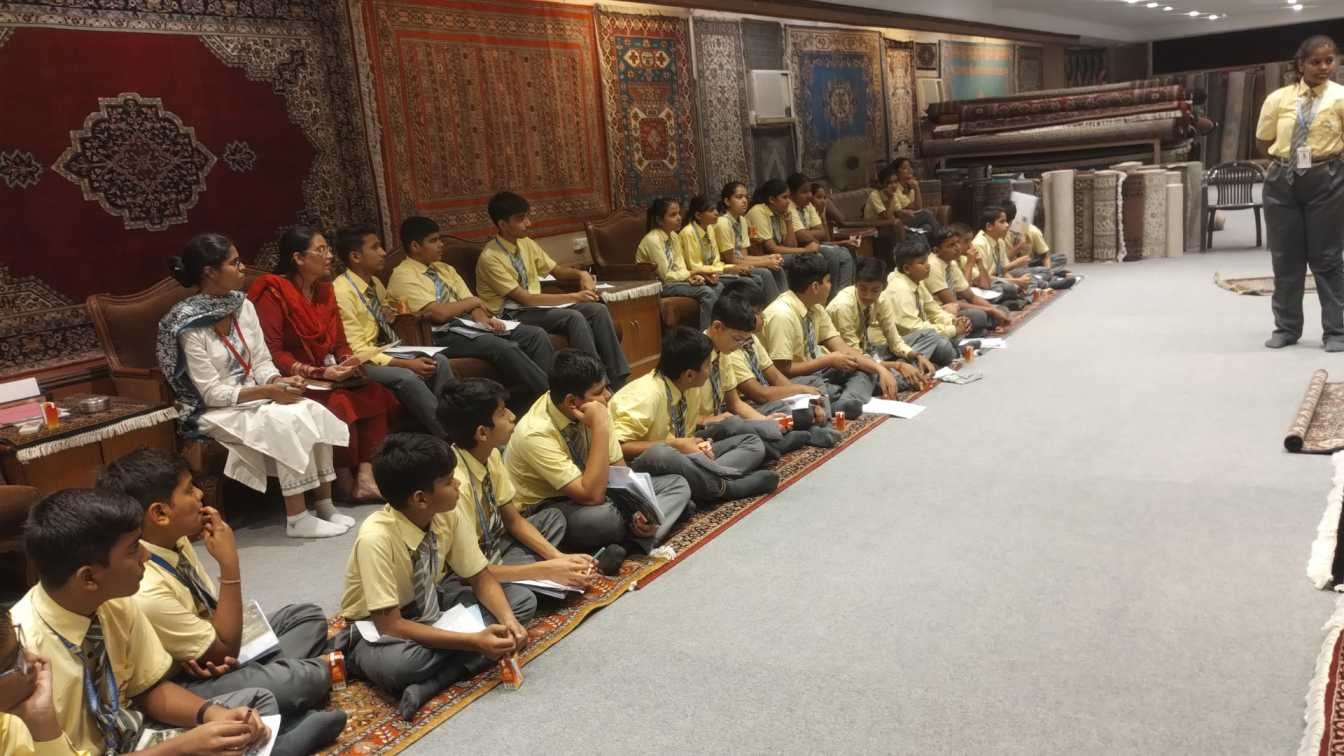Art gives us freedom of expression. We can explore our imagination and creativity however we deem fit. But did you know that, despite the VIBGYOR palette having 12 colours, there are actually three primary colours that matter? That’s not all! You can actually mix these primary colours to acquire different colours.
So, you can follow this guide whenever you don’t have all the colours and still want to get other colours. It is perfect for your creative endeavours. You will learn how to make purple, brown, orange, and other colours as well! Let’s have a look:
The Three Types of Primary Colours
Primary colours are those you mix to create other (secondary or tertiary) colours. However, you can’t mix other colours to acquire primary colours.
If you browse the internet or ask an expert, you will be confused regarding the primary colours. There are different definitions and classifications. Here’s a quick rundown on three different categories of primary colours and the important distinctions among them:
1. RBY (Red-Blue-Yellow)
Red, Blue, and Yellow are true, or authentic, primary colours. These are the ones you should consider when embarking on an artistic adventure. If you’re using colours to paint, draw, etc., mix these three to acquire other colours easily.
2. RGB (Red-Green-Blue)
Red, Green, and Blue are known as the primary colours for light. When working digitally (Graphic Designing), RGB is the primary colour palette. These are unrelated to mixing colours for painting or drawing on the canvas.

These are the primary colours for digital work, and when you’re using tools on a gadget or device to draw or mix colours, you will consider the RGB. Correlatively, if you mix the same amount of Red, Blue, and Green, you will get a White colour.
3. CMYK (Cyan-Magenta-Yellow-Key)
Cyan, Magenta, Yellow, and Key are sometimes called primary colours, but not for drawing or digital work. These are the primary colours for print media. Print media is where you print something out. For example, posters, hoardings, business cards, etc.
All printers work with the CMYK classification. However, traditionally, Cyan and Magenta are known as secondary colours.
How To Create The Secondary Colours?
As mentioned above, secondary colours are the ones you acquire by mixing the primary colours. Since you’re leaning towards customer colours as a student of the arts, you will take RBY as the default primary colour. These are the traditional options.
Now, you can use these mixing guidelines for water, pastels, crayons, pencils, or any other kind of colours available at your disposal:
Orange
So, how do you make orange? All you need to do is mix the red and yellow colours, making sure to mix equal parts of both colours.
- If you want a deeper or darker orange, mix more red colour.
- If you want brighter orange or tangerine colours, mix more yellow.
Green

Mix yellow and blue to get the green colour. Follow the same rule of mixing equal parts:
- Add more yellow for a brighter green-like lime colour.
- Add more blue to get a darker green or green with blue hues.
Purple
How to make purple colour? Mix red and blue together.
- Adding more red will move it towards pink hues.
- Adding more blue will move it towards violet hues.
Cyan
Cyan is created by mixing blue (the primary colour) with green (the secondary colour). You will get different colours if you follow the same rule above and mix in different ratios.
Magenta
For Magenta, you will go with the same red and blue mix. You will just have to add more red to make it magenta.
The Neutral Colours
Black and white are known as the neutral colours. Even if you mix them to get grey or silver colours, they will still be classified as neutral colours.
Mixing black in the existing colours will give you a darker shade. Similarly, adding white will bring out the brighter shades of the colour.
By default, neutral colours are used for the background in the artwork, as they can provide a unique appearance to your canvas.
The Brown Colour
Brown is sometimes defined as a neutral colour, similar to white and black. It is also considered to be a secondary or tertiary colour. As Brown has no specific category, we will treat it as a different colour.
So, how to make brown colour?
- You can mix blue and orange to get a shade of brown.
- Red and green together will also make the classic brown colour.
- Yellow and purple also make a brown colour.
All three mixes will give you a different shade of brown colour. You can turn them lighter or darker using white and black colours. That’s how you acquire the brown colour.

Understanding The Hues & Shades
You’ve learned how to make primary, secondary, and tertiary colours. For neutral colours, you will mostly have to purchase them separately. However, it is an interesting concept to work with hues and shades.
- You acquire different hues in the colour by mixing the different ratios of each colour.
- Shades are acquired by adding white or black colour to your existing colour.
The Mixability of The Colours
Unfortunately, experience is necessary when mixing the colours. You must learn to use water, pastel, acrylic, and other colours separately.
All that will come from experience and practice. Learning to mix the ratios is not an easy task. For example, water colours are generally used lightly, and mixing primary colours in the perfect ratio can be challenging. Pastel and acrylic might turn thicker or even cause mixability issues.
Therefore, all you can do is practice with different types of colours to mix them better.
Remember not to mix two different types of colours (water with acrylic) to acquire results. You won’t get anywhere.
Mixing the same kinds of colours is important to get the actual results. For example, to get proper results, mix acrylic with acrylic and pastel with pastel.
Practice Makes For Proper Results
Now you know everything there is to know about how to create different colours and mix them for your art. Remember, getting used to all the mixability will take some practice, and it can help you improve your creative prowess. So, keep practising and acquiring new results every day!
Ready to give your child the best start in their learning journey? Explore TISA’s Kindergarten programme and schedule a campus visit today.








